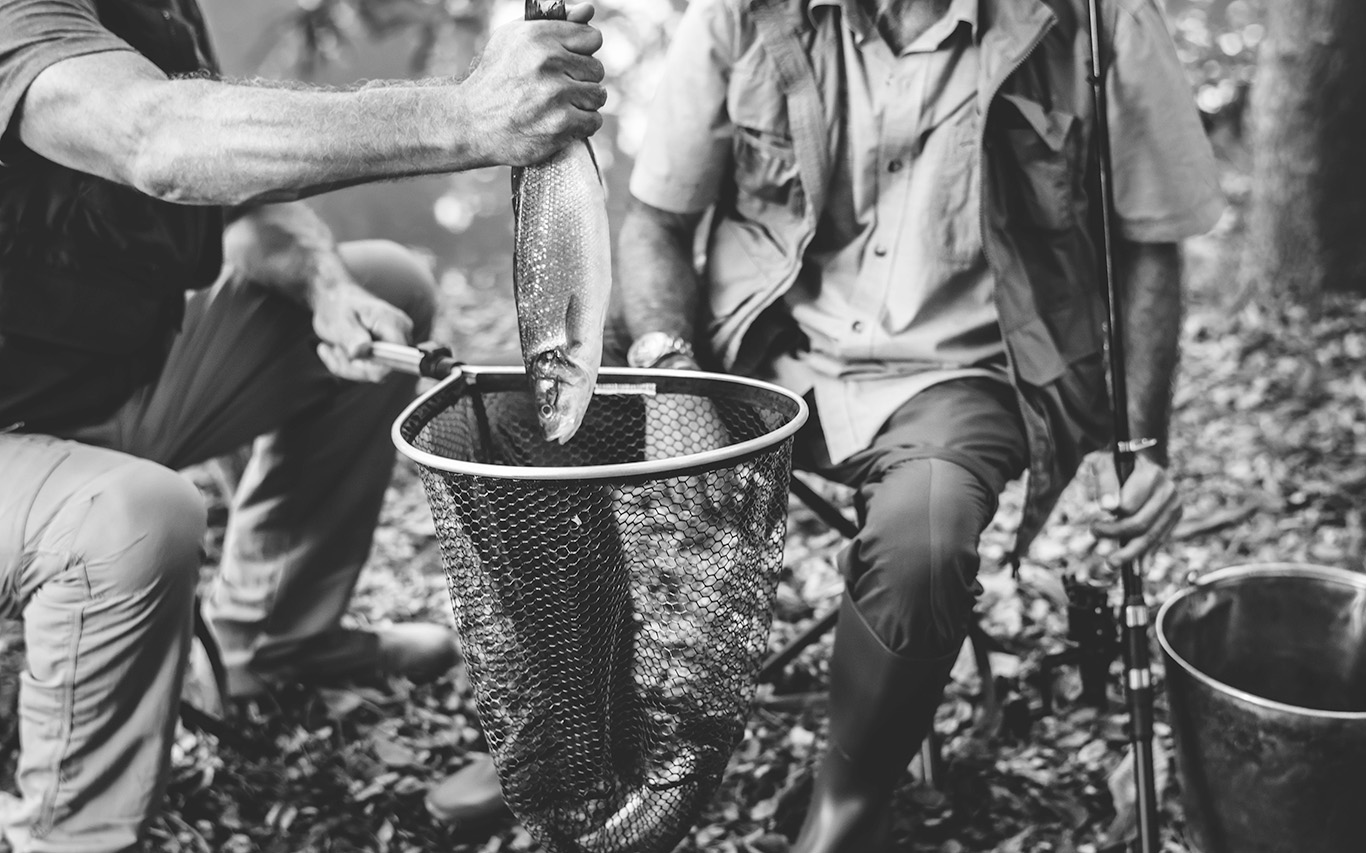Fishing is more than just a pastime—it’s a multi-billion-dollar industry with a diverse and ever-evolving customer base. For bait and tackle retail store owners, understanding the demographics of anglers can be the key to maximizing sales, refining marketing strategies, and building lasting customer relationships. By knowing who’s fishing, what drives them, and where they spend their money, you can better position your business to serve their needs.
The Modern Angler: Who Are They?
Fishing participation in the U.S. has been on the rise, with over 50 million Americans heading to the water each year. While traditional images of older men casting lines may still hold some truth, today’s fishing community is far more diverse. Here’s a breakdown of the key demographics:
1. Age Groups: The Generational Divide
- Millennials and Gen Z (Ages 18-40) – This group represents one of the fastest-growing segments of anglers. They are tech-savvy, often influenced by social media, and tend to value experiences over possessions. They are also more likely to try new types of fishing, such as kayak fishing or urban fishing.
- Gen X and Baby Boomers (Ages 41-75) – These anglers have traditionally dominated the sport. They tend to be loyal to their favorite brands and fishing locations and are more likely to purchase high-quality gear and premium bait.
- Youth Participation (Under 18) – An increasing number of younger participants are getting into fishing, often introduced to the sport by parents or community programs. This segment represents a crucial opportunity to build long-term customers by catering to families and youth fishing initiatives.
2. Gender: The Rise of Female Anglers
While fishing has historically been a male-dominated activity, women are the fastest-growing segment in the sport. According to the Recreational Boating & Fishing Foundation (RBFF), nearly 36% of anglers are women. This presents a major opportunity for bait and tackle shops to offer more inclusive marketing, female-specific gear, and targeted promotions.
3. Ethnicity: Expanding Markets
Fishing participation is becoming more diverse, with Hispanic, African American, and Asian communities showing growing interest in the sport. Engaging these demographics through community outreach, bilingual marketing, and culturally relevant promotions can help expand your customer base.
4. Income Levels: Catering to Different Budgets
- Casual Anglers (Lower to Middle Income) – These anglers may fish occasionally and look for budget-friendly gear and bait. Special promotions, loyalty programs, and entry-level equipment can appeal to this group.
- Avid Anglers (Higher Income) – Dedicated fishers are willing to spend more on premium rods, reels, lures, and accessories. Offering high-end brands and personalized recommendations can help increase sales.
Where and How Are People Fishing?
1. Types of Fishing Popular Today
- Freshwater Fishing – The most popular form, with lakes, rivers, and ponds drawing in the highest number of participants. Bass, trout, and catfish are among the most targeted species.
- Saltwater Fishing – Growing in popularity, particularly along coastal regions. Anglers here are often looking for bigger game fish and require specialized equipment.
- Fly Fishing – A niche but loyal community with a strong emphasis on technique and specialized gear.
- Kayak Fishing – Rapidly expanding, particularly among younger anglers looking for a mix of adventure and affordability.
- Ice Fishing – Seasonal but highly profitable for retailers in colder climates.
2. Shopping Habits of Anglers
- In-Store Shopping Still Dominates – Despite the rise of e-commerce, many anglers prefer hands-on shopping to examine gear and ask for expert advice.
- Online Research & Purchases – A growing number of customers browse products online before visiting a store or purchase directly from e-commerce sites.
- Subscription Services & Monthly Boxes – Many anglers enjoy receiving curated bait and tackle through subscription services, presenting an opportunity for local retailers to offer similar loyalty programs or custom tackle kits.
How Can Bait & Tackle Shops Use This Data to Increase Sales?
1. Personalized Marketing & Customer Engagement
- Leverage Social Media – With younger anglers highly engaged on platforms like Instagram, YouTube, and TikTok, sharing fishing tips, gear reviews, and local fishing reports can attract attention.
- Email & SMS Campaigns – Sending targeted promotions, seasonal fishing tips, and loyalty rewards keeps customers engaged and coming back.
- Community Engagement – Hosting fishing workshops, sponsoring local tournaments, or partnering with youth fishing programs can create brand loyalty.
2. Stocking the Right Products
- Carry a mix of budget-friendly options for beginners and premium gear for experienced anglers.
- Cater to the increasing female market by offering comfortable, well-fitting apparel and gear designed for women.
- Expand bilingual signage and marketing to reach diverse customer bases.
3. Offer Convenience & Unique Services
- Curbside Pickup & Local Delivery – Helps customers get their gear quickly, especially during peak seasons.
- Live Bait & Fresh Supplies – Ensuring consistent availability of high-demand products keeps customers loyal.
- Loyalty Programs – Reward repeat buyers with discounts, exclusive offers, or VIP fishing events.
Conclusion
Understanding who’s fishing today can help bait and tackle store owners create a smarter, more targeted approach to marketing and sales. By catering to different demographics, expanding community outreach, and leveraging modern marketing tools, you can increase customer loyalty and grow your business. The key is recognizing the evolving face of fishing and adapting your strategies to meet the needs of every angler who walks through your door.


 Previous Article
Previous Article